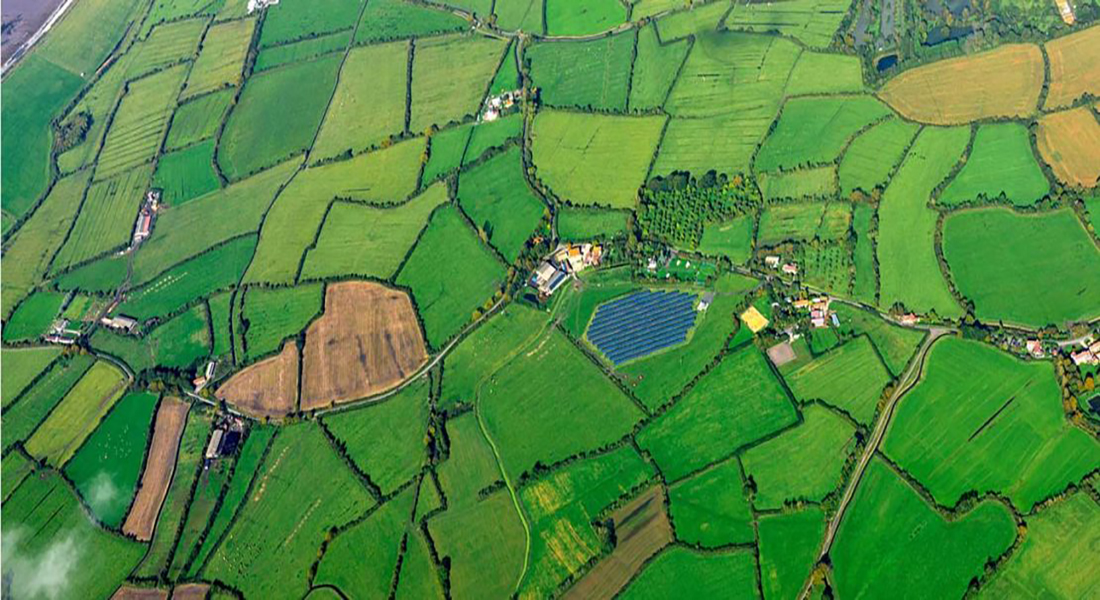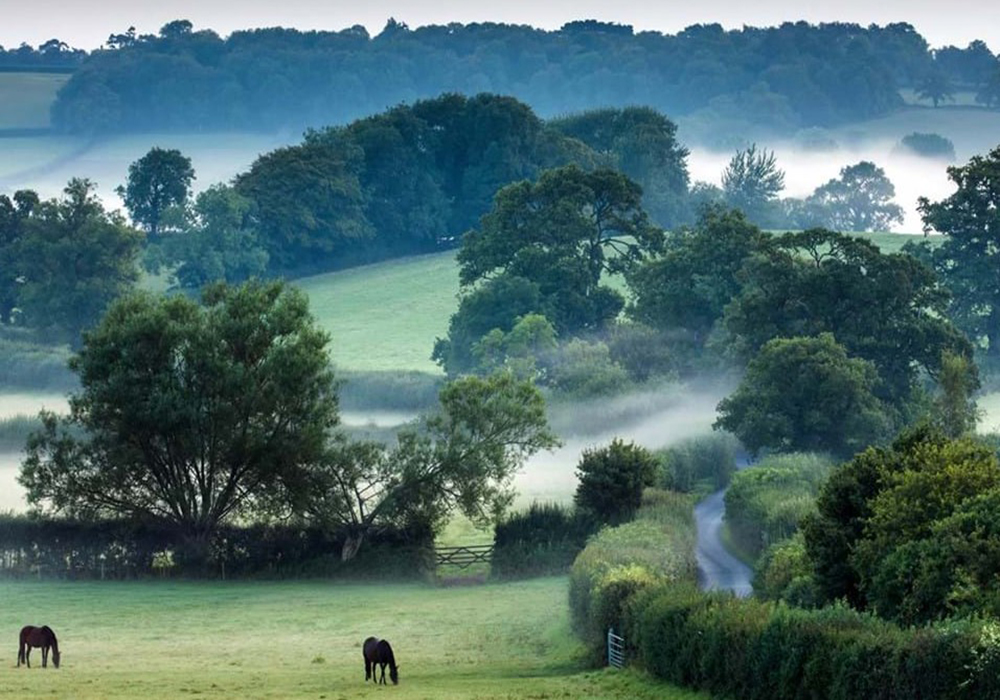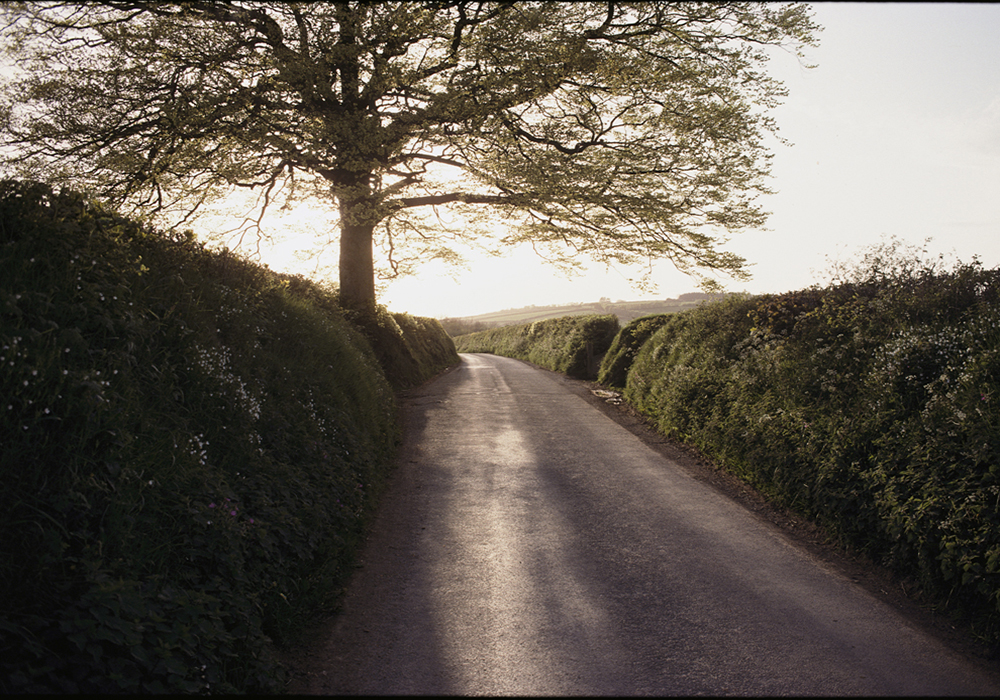As of the 4th March 2024, hedgerows in England are protected by an enhanced law. Sitting alongside the existing Hedgerow Regulations, the 1997 legal protection has been extended to include a mandatory ‘2m buffer strip’ from the centre of the hedgerow, a ban on cultivation or the use of fertilisers or pesticides for management, and a ban on cutting between the 1st March and the 31st of August each year, specifically put in place to protect nesting birds.
This strengthening of protective measures got me thinking about the myriad of benefits our country’s unique hedgerows provide – not just the more obvious elements of screening, the demarcation of field boundaries and as a familiar part of our characteristic rural aesthetic.
For example, did you know …?
- Our hedgerows are home to predator and parasitic species that are the natural enemies of crop pests. Farmland birds and predatory invertebrates such as spiders, beetles and wasps all feed on these unwelcome species.
- Hedgerows support pollinators, essential for crop pollination and in turn good crop yields, by providing food throughout the year, when crops aren’t in flower, as well as places to nest.
- Our hedgerows reduce soil erosion by slowing ground level wind speeds and acting as barriers to overland water runoff. Their deep roots also help to stabilise ground.
- Shelter created by our hedgerows warms soils, extending the growing season.
- Livestock without shelter have a higher mortality rate and require more to eat to sustain them. Shelter from hedgerows increases lamb survival rates, reducing the potentially dangerous effects of wind chill and hypothermia.
- Hedgerows also provide shade in the warmer summer months. Heat stress reduces milk yield in dairy herds and also affects fertility, growth rates and disease resistance.
- Stock-proof and traditionally ‘layed’ hedges create biodiverse barriers to the spread of disease such as bovine TB by reducing animal-to-animal contact between herds.
- Hedgerows’ roots help soils absorb water faster. This enables the soil to act like a sponge, soaking up flood water.
- All vegetation, including hedgerows store carbon above and below ground, helping slow climate change.
- Hedgerows help to improve air quality by capturing and storing polluting particles.
- When managed correctly, hedgerow trees can provide sustainable wood fuel, without losing land from production. The crop can be used as fuel or sold as fuel or timber. Pollarding, a traditional tree management technique, can provide both wood fuel and animal fodder.
- Hedgerows provide a home, food, shelter and routes to travel for wildlife.
- The nutrients they release support a complex, seasonally herbaceous layer at their base that includes wildflowers not found in any other habitat.
- Typical hedgerow tree species and particularly older trees offer nesting sites for birds, bats and bees, they contain the rare deadwood habitat that supports thousands of UK invertebrate species, many of which are under threat. They also provide leaf, flower and fruit foraging for a huge number of species. Oak and willow trees alone are able to support over 400 plant eating insect species each, which then go on to support a large part of the local food chain.
- Our hedgerows are a defining feature of the countryside, with deep cultural and historical importance. They tell the story of our agricultural traditions over many centuries and add to regional distinctiveness.
The full, government response to the legislative changes has been published here: http://published responses












